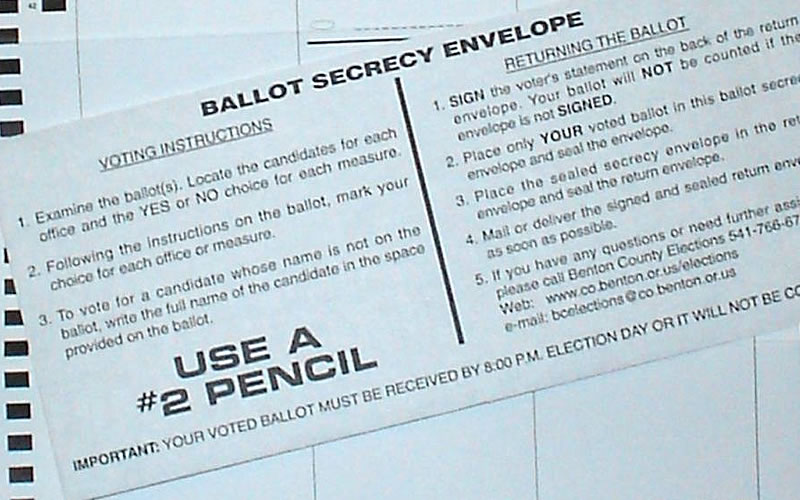(Editor’s Note: An idea first appearing in Statehouse Report might be beneficial to Georgia. Dr. Jack Bass is professor of humanities and social sciences emeritus at the College of Charleston, and author or co-author of eight books that include The Palmetto State, published by USC Press. In his first career as a reporter, he covered South Carolina politics while based in Columbia.—eeb)
By Jack Bass, Charleston, S.C. | Oregon’s system of Vote By Mail offers a model that for South Carolina would save millions of dollars to buy new voting machines, avoid long lines for voting, and insure total security for elections results.
It is used for all elections: federal, state, and local, whether primary, general or special, and has been in operation for roughly 25 years. One result is increased voter participation by working parents and senior citizens. The system makes voter fraud virtually impossible, and research has shown that the system favors neither party.
The idea originated with Oregon county elections officials and has fully met their goals of substantially saving money and increasing voter participation. The Vote By Mail has been adopted in whole or part by three western states, and South Carolina could become a leader in showing it works in the South.
Twenty days before each election, ballots are mailed by the county election officials to the address as registered by each voter. Each ballot is customized to the address/precinct so that they are voting only on the federal, state, and local elections for their precinct. Any registered voter who doesn’t receive a ballot mail for some reason, or loses one, can go to the elections office and get one.
Ballot integrity is insured by the voter signing the return envelope on the outside and the elections officials visually matching that signature to the signature on file with voter’s registration. The ballot itself is in a separate inside envelope. Once the signatures are matched, the inside envelope is separated from the outside one and the ballot scanned electronically to record it, which insures both voter privacy and a secret ballot by each voter.
To insure the integrity of the election, the system also provides a paper record of every vote, which can be recounted by hand if a recount is needed.
Every household in the state also receives by mail a ‘Voter’s Pamphlet,” with a concise biography and party identification of each candidate. Voters can refer to it while filling out their ballot, which means they can vote at their own pace in the privacy of their homes during the three weeks before the election. Typically, about half of the ballots are received before the last week.
Starting one week before the election, county elections officials begin counting ballots, using optical scanners, with results electronically recorded in the statewide voter database. This allows candidates, political parties, and the media to monitor turnout as it unfolds.
This process means that early voters aren’t bothered by robo-calls and mailers and knocking on the doors by canvassers because they are known to have already voted. It also means that candidates and their political party can focus on those who haven’t yet voted. No elections results are released until the polls close on the day of election.
- Have a comment? Send to: elliott@brack.net











Follow Us